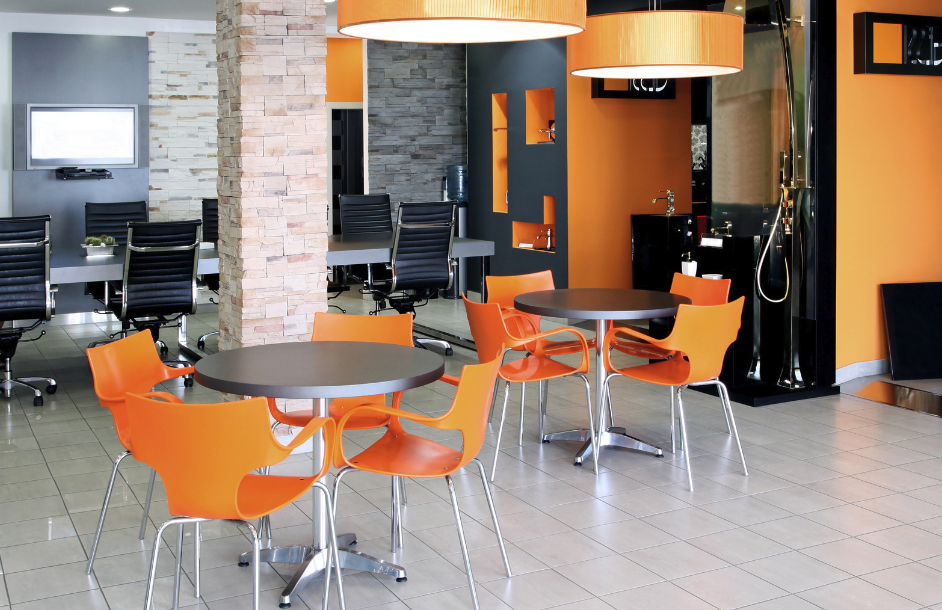Trends and Design Strategies that are Reshaping our Industry
As companies adopt strategies to position their real estate portfolios for enduring success, design and construction professionals are charting the course for how the built environment can transform crises into opportunities, emerging even stronger than before. The following insights are overarching trends and design strategies that are reshaping our industry.
Emphasizing the Experience
The aftermath of the pandemic has brought to light the crucial role of human engagement and the impact our surroundings have on enriching our lives.
The Design and Construction industry along with more forward thinking cities and municipalities are prioritizing design strategies that directly respond to people's needs and expectations. The realization being that this is essential in revitalizing the human experience within our homes, workplaces, and leisure spaces.
Live-Work Connection
The future of cities is being defined by their ability to reenergize the connection between live and work. The most vibrant cities of the future will be the ones that use design to successfully address the interconnected live-work issues of thriving workplaces, attainable housing, and safe and accessible transportation.
Repurposing Office Space
Stranded assets are creating development opportunities that can regenerate cities and transform outdated office buildings into thriving residential living.
As real estate across the globe ages, building owners and developers are leveraging adaptive reuse strategies — specifically office-to-residential conversion — to turn around stranded assets and create vibrant live-work districts and high-value properties.
Attainable Housing
Rising interest rates and inflation create opportunities for multifamily development, addressing the global shortage of attainable housing.
Urban redesigns prioritize attainable housing, becoming a key feature of live-work, mixed-use neighborhoods redefining the future of cities.
Formally an obsolete office complex. Now it’s a high-end apartment development, with luxe amenities.
Decarbonization & Mobility
The imperative of our time is the decarbonization of the built environment.
With ESG and carbon disclosure mandates driving change, investments in sustainable design and construction strategies that sequester carbon and document environmental and social impact are on the rise. The mobility shift continues, fostering live-work cities and vibrant urban communities.
Electric and autonomous vehicles and public transportation advancements allow cities to transform underused urban districts into mixed-use live-work communities.
Equitable Design
Demand for buildings and urban districts with a higher purpose and positive social impact drives design decisions.
Positive social impact influences urban planning and building design, addressing issues like inequality, aging populations, and community engagement.
Intelligent Places
PropTech and smart building technology redefine the experience of place.
Sensors, IoT, and smart property technologies create curated tenant experiences, offering developers valuable data for better space design.
Flight to Quality
Office tenants continue their flight to quality as Tenants seek quality and experience, favoring Class A spaces in prime locations with a mix of high-quality amenities.
Office as a Destination
The transformation of the workplace continues with offices as compelling destinations offering diverse spaces and experiences.
Offices play a pivotal role in the future of work, requiring curated experiences and compelling destinations with a mix of spaces that facilitate focus and connection for individuals and teams.




